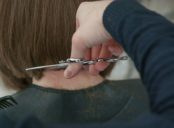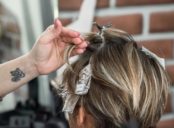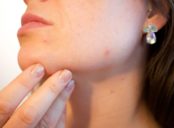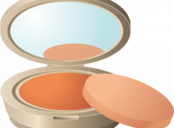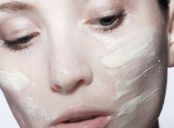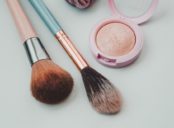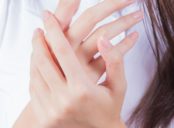Brun utan sol test: The Ultimate Guide to Achieving a Sun-Kissed Glow

Introduction:
Bronzing without the sun’s harmful rays has become increasingly popular in recent years. In this comprehensive article, we delve deep into the world of ”brun utan sol test” (self-tanning tests). We explore what it entails, the different types available, popular brands, quantitative measurements, comparisons between products, and even take a historical journey through the pros and cons. So, if you’re a food and beverage enthusiast looking to achieve a perfect tan safely, this guide is for you.
1. An Overview of ”Brun utan sol test”:

Self-tanning tests, commonly known as ”brun utan sol test,” involve evaluating self-tanning products to determine their effectiveness, ease of application, and overall satisfaction for consumers. These tests play a crucial role in helping individuals make informed decisions about which product to use for a natural and long-lasting tan.
2. Types and Popularity of Self-Tanners:
a. Self-tanning lotions: Dive into the world of self-tanning lotions, their ingredients, and how they provide a gradual and even tan. Popular brands, such as St. Tropez and Jergens, have truly revolutionized the industry.
b. Self-tanning sprays: Explore the convenience of self-tanning sprays, their application techniques, and why they are favored by many. From quick-drying formulas to easy-to-reach areas, options like Loving Tan and Fake Bake have gained substantial popularity.
c. Self-tanning mousses: Discover the lightweight and easy-to-blend nature of self-tanning mousses. Brands like Bondi Sands and Vita Liberata have gained a loyal following for their natural-looking results.
3. Quantitative Measurements in Self-Tanning Tests:
Quantitative measurements in ”brun utan sol test” involve objective evaluations, such as color payoff, streakiness, longevity, and ease of application. These measurements are essential to provide readers with specific details on product performance, enabling them to make informed choices.
4. Comparing and Contrasting Different Self-Tanners:
a. Ingredient analysis: Discuss the key ingredients found in self-tanning products and how they affect the final result. Address the variations in formulas, including natural and organic options, and assess their impact on the desired outcome.
b. Application techniques: Compare the different techniques required for applying various types of self-tanners, offering insights into which methods deliver the most seamless application.
c. Results and longevity: Examine the variations in self-tanning results, including depth of color, evenness, and longevity. Discuss how different products cater to different skin tones and preferences.
5. A Historical Overview of Pros and Cons:
Trace the origins of self-tanning back to the ancient Egyptians, exploring the early methods and ingredients used. Highlight the advantages of modern self-tanning products, such as UV protection and improved formulations. Address the potential drawbacks, such as the risk of streakiness and odor, and how newer innovations have mitigated these issues.
Conclusion:
”Brun utan sol test” serves as an invaluable resource when it comes to achieving a sun-kissed glow without the harmful effects of UV radiation. By understanding the various types of self-tanning products, comparing quantitative measurements, analyzing ingredient compositions, and exploring the historical pros and cons, individuals can confidently select the perfect self-tanner. So, embrace the world of self-tanning and revel in a beautifully bronzed complexion all year round.
Note: Remember to structure the text with appropriate headers (, H2, etc.) and use bullet points where necessary for enhanced visibility as a Google snippet.


